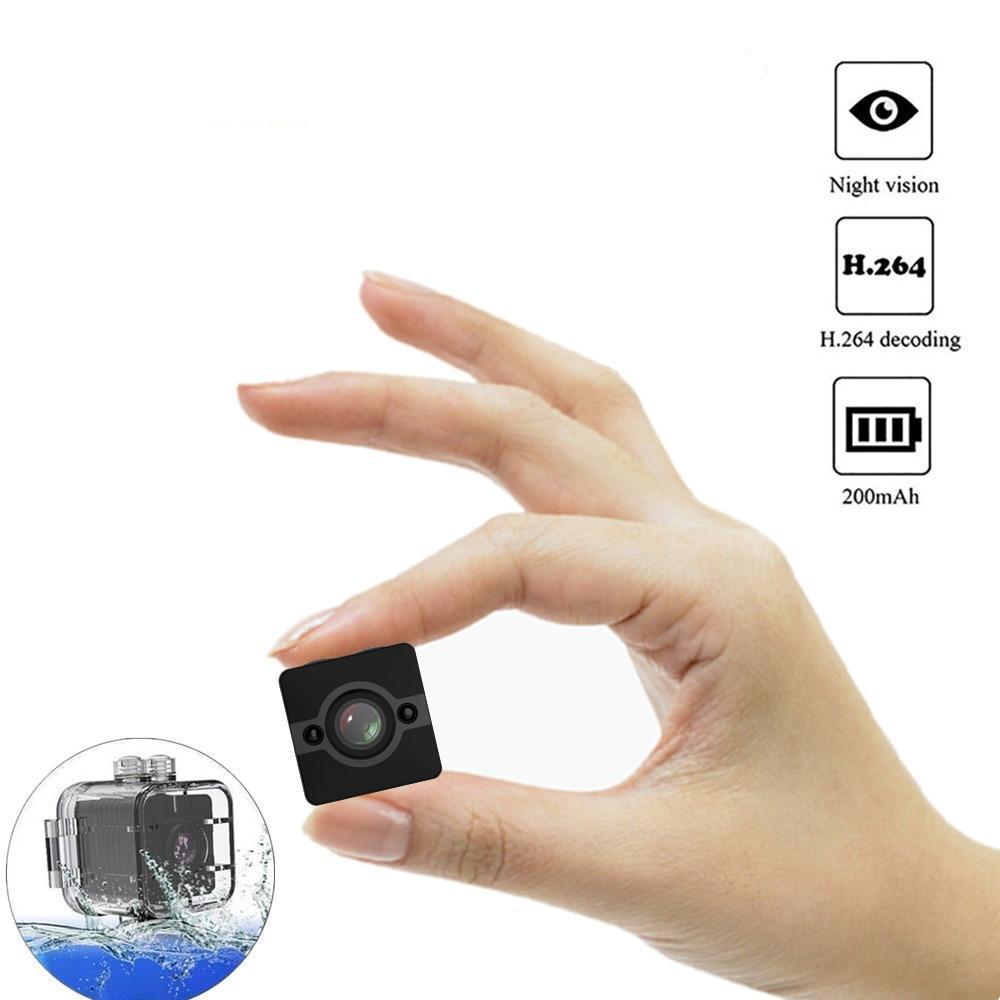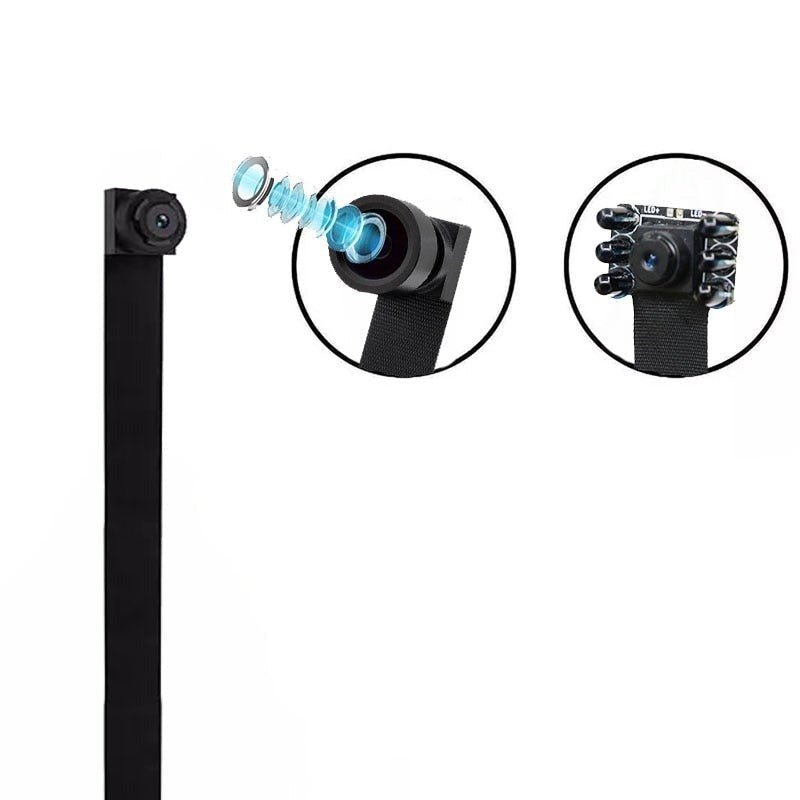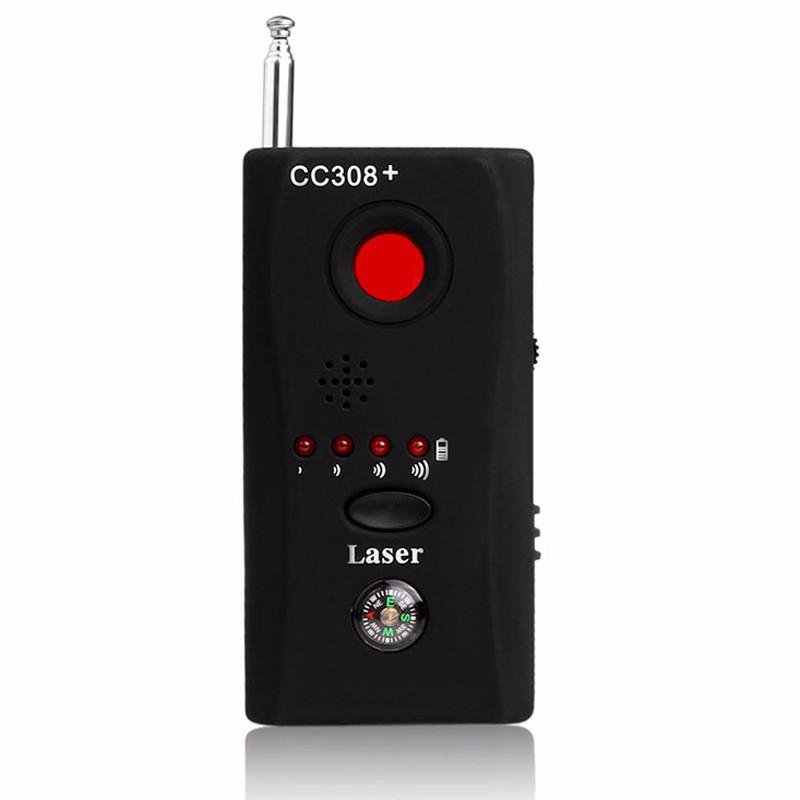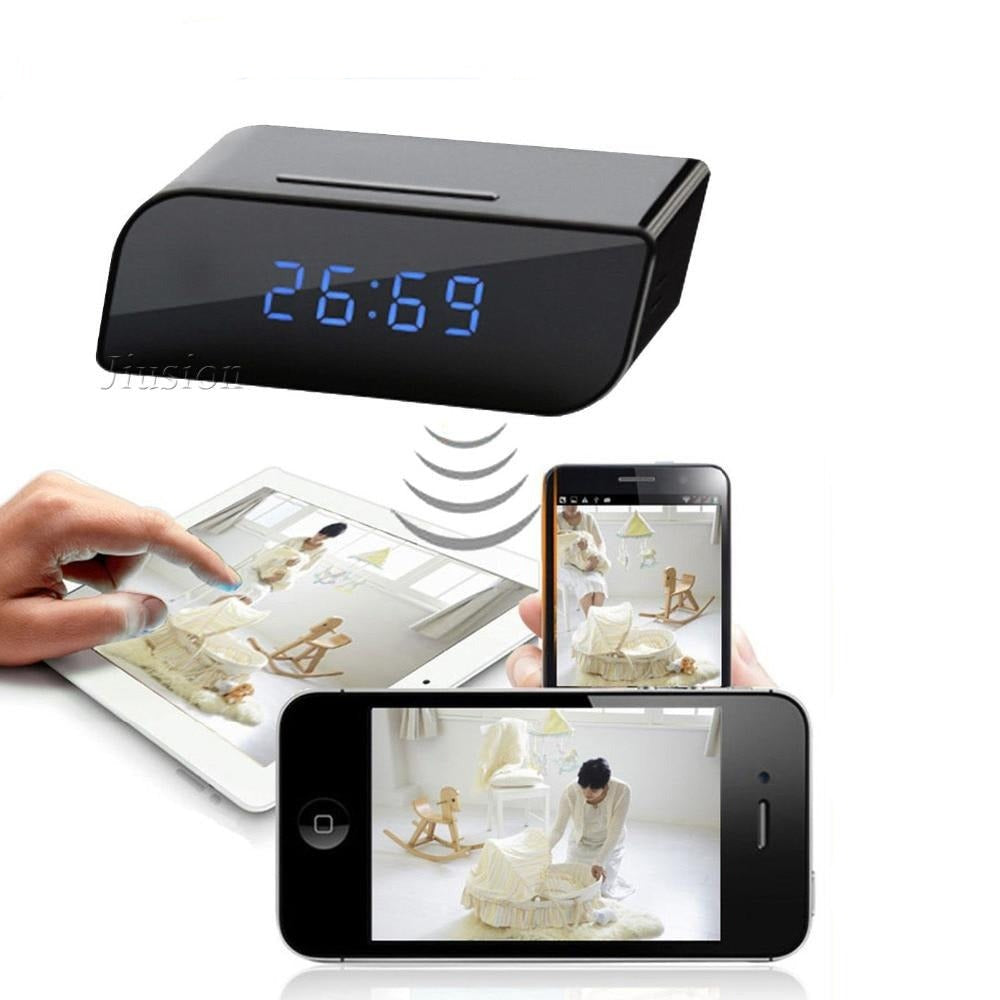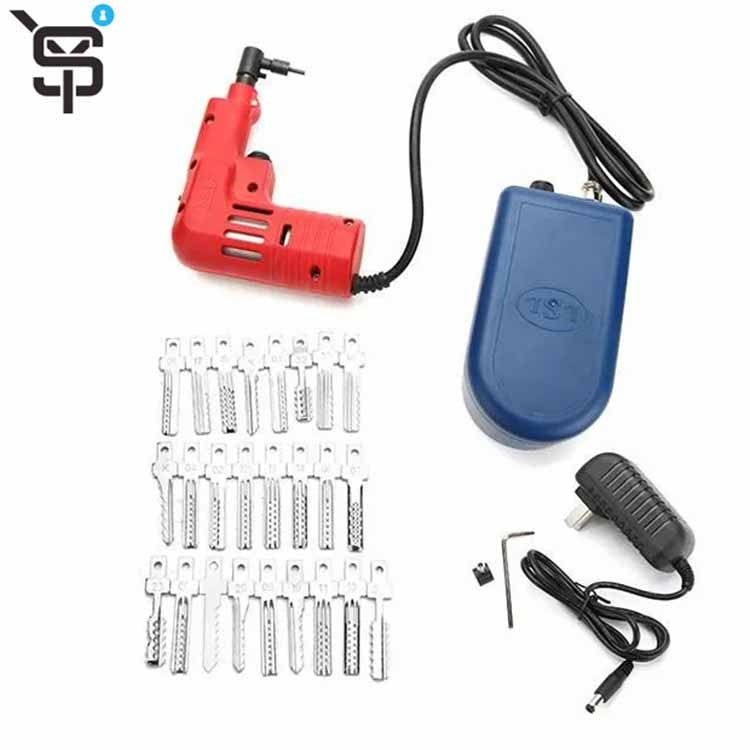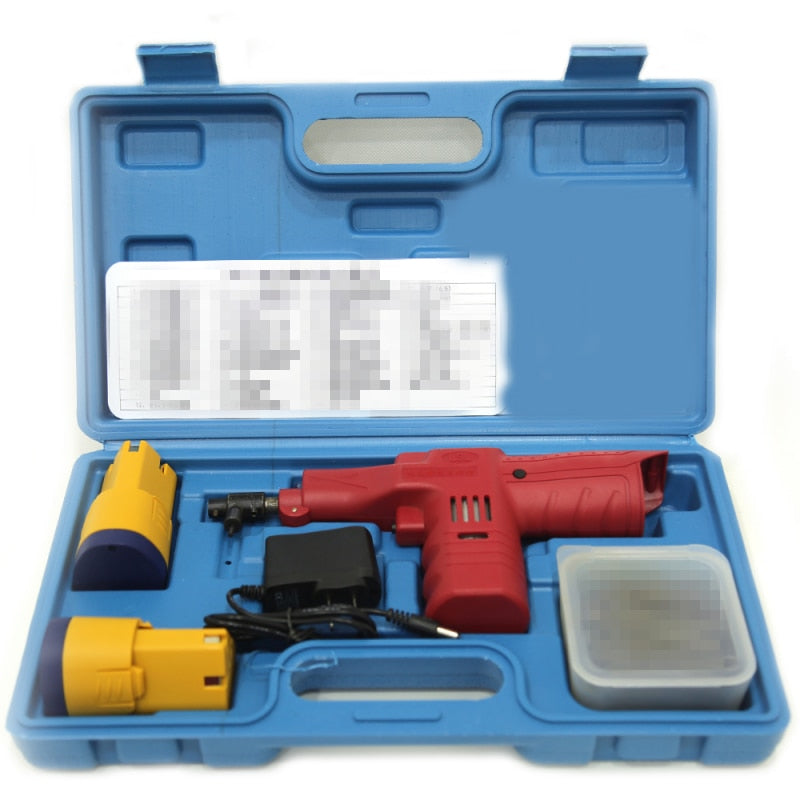
Can Cameras Be Hidden in Lights? (Types & Legalities)
Have you ever considered hiding a camera in your lights? Is it Possible? It may seem like something out of a spy movie, but it’s a real possibility. Hidden cameras have become increasingly popular over the years, and with the advancement of technology, they can be disguised in almost anything. Lights are no exception.
Hidden cameras can be found in light bulbs. These hidden cameras offer high-definition viewing quality and are often difficult to detect. Pinhole cameras can fit inside the casing of an LED light, making them nearly impossible to spot. Usually, these items can be purchased, but if not, there are also easy ways to create them yourself.
Keep reading if you’re curious about hidden cameras and want to learn more about how they can be hidden in lights. We’ll even touch on future developments in hidden camera technology and their potential impact on lights.
Types of Cameras That Can Be Hidden in Lights

Hidden cameras in lights are a discreet and effective way to keep your home or office secure. These covert devices can be disguised as working light bulbs, making them difficult to detect. Depending on your needs, you can choose from different types of hidden cameras in lights.
Wireless hidden cameras allow for remote viewing and recording, while wired cameras require installation but offer higher-quality video. Some hidden cameras have night vision capabilities, allowing surveillance even in low-light conditions.
When choosing a hidden camera in a light, it's important to consider factors like resolution, storage capacity, and the ability to connect to a network. You should also look for features like motion detection and automatic recording to ensure you capture everything you need.
It's important to note that using hidden cameras should always be done cautiously and according to local laws. While these devices can be an effective deterrent against crime and provide valuable evidence if a crime does occur, they can also infringe on privacy rights if used improperly.
How to Detect Hidden Cameras in Lights

- Darkening the room and using a flashlight to scan for reflective light from a hidden camera lens is one of the simplest methods to detect hidden cameras. Hold a paper towel roll to one eye and close the other to improve focus while scanning. Look for blinking red or green LEDs in the room, which could be a hidden camera.
- Scanning the room from different angles and positions is important to locate suspicious areas. Hidden camera detectors use flashing LED lights, or lasers illuminate camera lenses, making detection easier. Consider downloading a hidden camera detector app on your smartphone for better efficiency.
- When detecting hidden cameras in lights, inspect closely for any abnormalities or modifications on light fixtures that could conceal cameras. Consider carefully removing or unscrewing fixtures if you suspect they may contain hidden cameras. If you are not sure what you are doing or do not feel knowledgeable enough about electronics, seek professional help instead.
- Detecting hidden cameras takes time and careful consideration. Using various detection methods such as flashlight scanning, examining light fixtures more closely, or utilizing technology can help uncover unwanted surveillance devices successfully hiding in plain sight. Always remember that privacy is essential; being aware of your surroundings can protect yourself and others from potential harm inflicted by deceitful individuals hiding covertly with malicious intent in public spaces we visit daily, such as hotels, apartments, and even shopping malls!
Ways to Prevent Hidden Cameras in Lights
If you're concerned about hidden cameras in your home, it's important to know that they can be disguised in various ways, including inside light fixtures. However, there are steps you can take to protect yourself and prevent hidden cameras from invading your privacy.
- Firstly, it's recommended that you use a hidden camera detector to identify pinhole cameras or professional detectors for those hidden inside light bulbs. These devices help to pick up on signals emitted by the camera and alert you to their presence.
- Another good step is finding and removing any concealed microphones or cameras installed in your home. Check for drill holes and other openings where listening devices might also hide.
- To safeguard against potential threats, consider using blind surveillance cameras or blocking the lens with a small device if camera removal isn't feasible. However, avoid tampering with wired CCTV cameras, which may lead to legal consequences.
- Finally, inspect mirrors on walls opposite lights for reflections - these could indicate the presence of a hidden camera behind them. Don't forget to use a flashlight when checking darker corners where these tiny devices may be lurking!
Utilizing detection devices, thorough visual checks, and removing existing bugs, you can help prevent hidden cameras from invading your personal space via lighting fixtures!
Legal Issues Surrounding Hidden Cameras in Lights

Were you thinking about installing hidden cameras in your lights? Before you do, it's important to consider the legal issues surrounding this type of surveillance. While filming within your home is generally legal, specific state laws and privacy expectations must be considered.
In general, spy and hidden cameras are legal in the United States, but federal and state laws regulate their use. However, there are certain limitations to where you can place them. Hidden cameras in places where people expect privacy may be prohibited by state law. For example, filming someone in a bathroom or changing room could result in criminal charges.
Using a hidden camera for commercial gain without someone's consent is illegal. If you plan on using these cameras for any commercial purpose or personal gain, you should ensure everyone involved understands that they will be filmed.
Overall, suppose you plan on installing hidden cameras in your lights or anywhere else in your home or business. In that case, it's essential to do so responsibly while considering privacy issues associated with each location. This could mean ensuring all persons involved understand how they are being recorded and not crossing state boundaries when filming two-party consent situations like phone calls between different states, etc.
So whether it's for security purposes or just yourself- take care when installing remote surveillance devices like those concealed within light fixtures, as state-level statutes may differ depending on the location from which one operates them!
Future Developments in Hidden Camera Technology and Their Impact on Lights
In recent years, camera technology has advanced rapidly, leading to smaller, lighter, and more efficient cameras. LED lighting technology has also become increasingly popular in commercial and residential spaces. These two technologies are starting to converge with the possibility of hidden cameras being housed within lights.
Advancements in camera sensors have allowed for increased sensitivity settings that can capture colors beyond what the human eye can perceive. As camera technology improves, we can expect better noise reduction, more efficient video compression, and advanced image stitching for higher-quality images.
Pairing this new camera technology with innovative lighting design could lead to new devices that feature hidden cameras in plain sight. For example, lights equipped with tiny cameras could be used for surveillance purposes without drawing attention or altering the aesthetics of a room.
As long as manufacturers maintain transparency about where these devices are installed and how they function, we may see a future where hidden cameras become a normal part of our everyday lives.
Hidden Cameras and Their Potential Locations

If you've ever suspected someone watching you without your knowledge, your suspicions might not be entirely unfounded. Hidden cameras have become increasingly popular and fall into a legal gray zone depending on the location and area. While some hidden cameras may be placed in obvious locations, others can be disguised as everyday objects like clocks, USB chargers, or lights.
One way to detect hidden cameras is by looking for reflections off shiny surfaces, unusual power outlets, or adapters. Security cameras are usually larger than hidden ones and not entirely invisible - webcams and small cameras are far more innocent-looking objects that could easily slip under the radar. To give yourself more assurance, use a hidden camera detector that will allow you to detect pinhole lenses easily; some detectors also sound alarms when they pick up signals from other nearby devices.
It's important to note that most hidden cameras automatically record video (and sometimes audio) once turned on with features like motion detection capabilities, night vision recording options, huge memory cards, and rechargeable batteries, which make them almost impossible to spot by untrained eyes, making them ideal for placement almost anywhere without arousing any suspicion from those who might stumble upon them otherwise.
References
Video References
CNET
Smart Home 101
Liron Segev
Tech Unboxing


